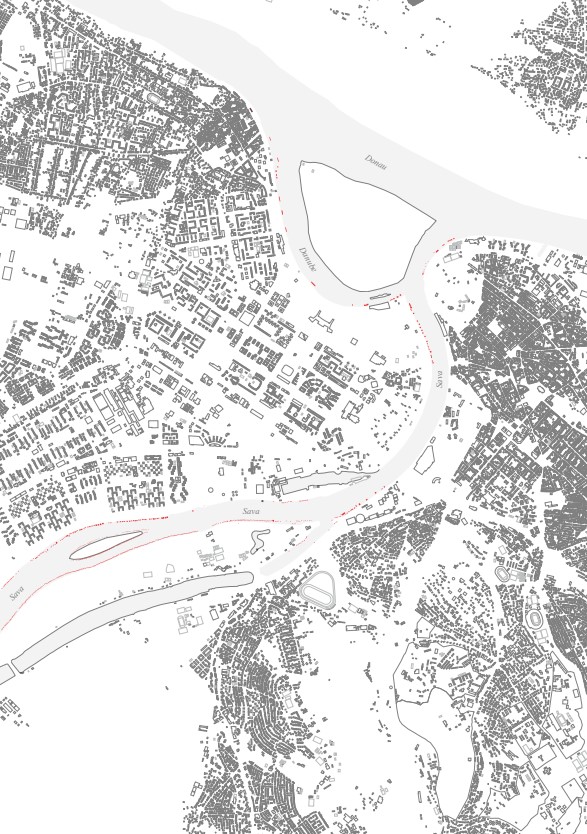Positions in Practice | Belgrade (2020)
(IN)Tangible memory of the centre of Bogota
Students: Andrea Bautil, Andrea Ferrarini, Benoît Marcou, Coen Gordebeke, David van der Blonk, Emiel van der Vlies, Jan Panhuis, Kelly Lai, Linda Kronmüller, Mohan Yuan, Susanne van de Pol & Wesley Lijkendijk
Title: Belgrade - Positions in Practice: Towards Inclusive Built Environments in Belgrade
Semester: 2020
Teachers: Dr. Jorge Mejía Hernandez, Dr. Aleksandar Staničić & Prof. Dr. Klaske Havik
Educating future architects for a democratic practice of their profession requires, on the one hand, theories that guide students in their efforts towards the promotion and preservation of democratic values in the environments they will affect with their work. On the other hand, it requires methods that incite them to contribute to architecture as independent thinkers, and that enable them to establish distinct architectural positions while engaging productively with others.
The first requirement deals with setting theoretical goals for architecture and the city (e.g., what would a democratic architecture be like?), the second deals with the role of architects in practice: how they do their work, position themselves and collaborate with others in the production of buildings and cities. On these grounds, in the Fall 2020 version of our MSc3/4 graduation studio Positions in Practice we invited students to develop a project for the city of Belgrade, Serbia.
Belgrade, and the many tensions that define it, offers fertile grounds for the study of architecture as a democratic practice. To appraise those fertile grounds, we have advanced three theoretical goals for the studio, in the belief that they constitute key democratic purposes for the city, as they reveal the potential all urban environments can offer citizens. These goals are theoretical, in the sense that they not only aim to define a notion, but also strive for a conceptual envisioning of what a democratic city should be like.
Past and present urban developments in Belgrade do not appear to favor these purposes or meet these goals. Large masterplans for the development of important areas of the city, for example, presume that the city and its inhabitants share an ideal of progress aligned with financial speculation at a global scale, and therefore issues in equally global architectural uses, purposes and styles. Public buildings, communal spaces, infrastructure lines, green areas – the city as a whole – are being treated as an exhaustible resource of profit for privileged individuals at the expense of public interest. Meanwhile, initiatives to redesign important public spaces, or to deal with heritage, suppose that citizens agree on a simplistic reading of the past, expressible in faux historicist revivals or the mystification of ruins.
More information and documentation about this project and booklet can be found here.
